EXPLORING TUSCANY
THE BEAUTY OF TUSCANY IS ALL AROUND US
Make the most of what Tuscany has to offer
Everywhere you turn in Tuscany there is history, art and beauty.
These are only a few of the towns, cities and cultural sites you could visit during your stay.
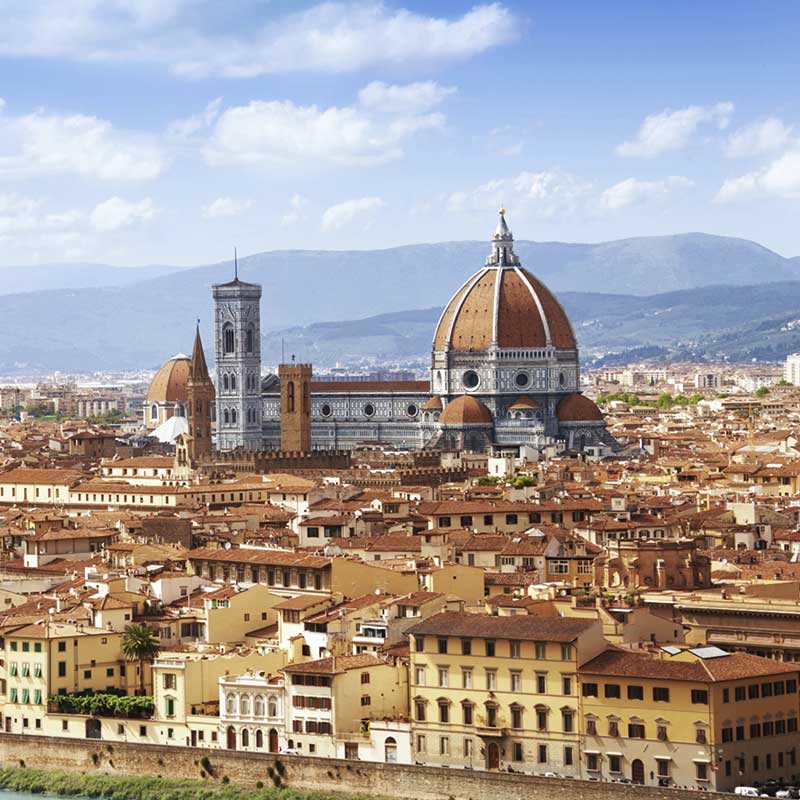 FLORENCE
FLORENCE AREZZO
AREZZO SIENA
SIENA PISA
PISA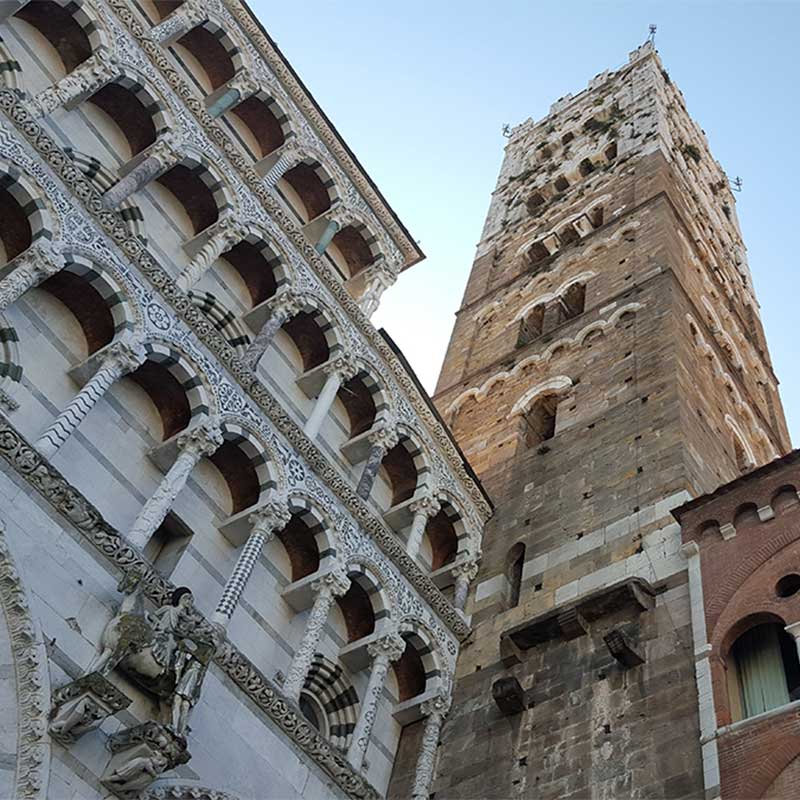 LUCCA
LUCCA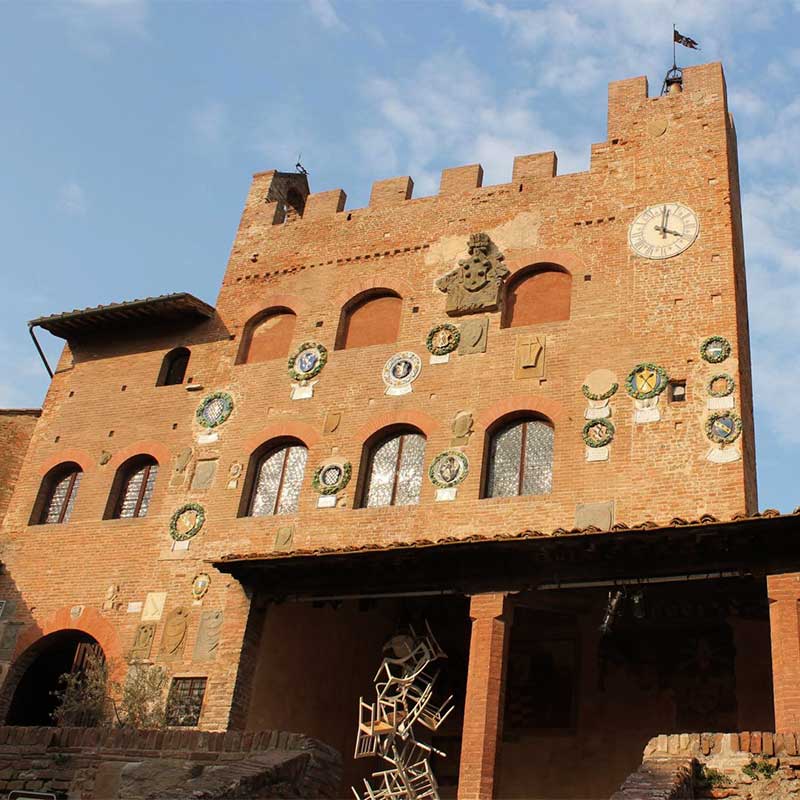 CERTALDO
CERTALDO MONTERIGGIONI
MONTERIGGIONI SAN GIMIGNANO
SAN GIMIGNANO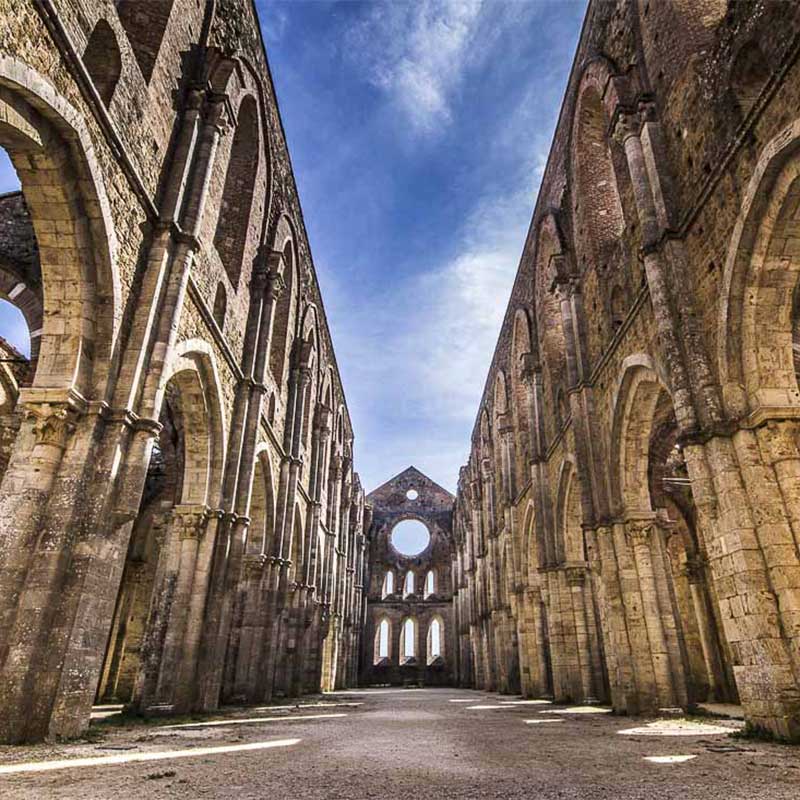 SAN GALGANO
SAN GALGANO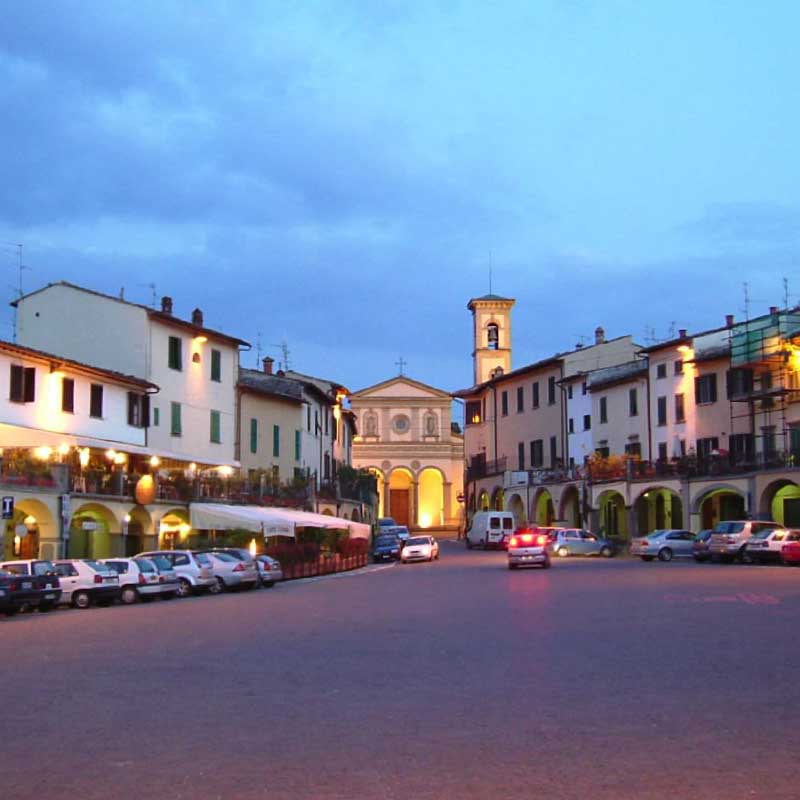 GREVE IN CHIANTI
GREVE IN CHIANTI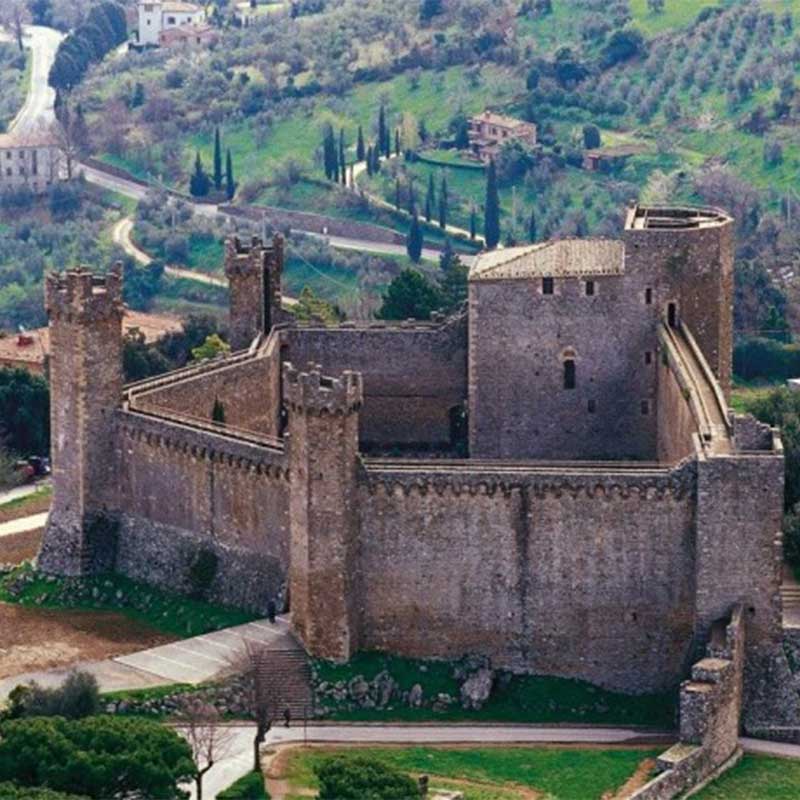 MONTALCINO
MONTALCINO PIENZA
PIENZA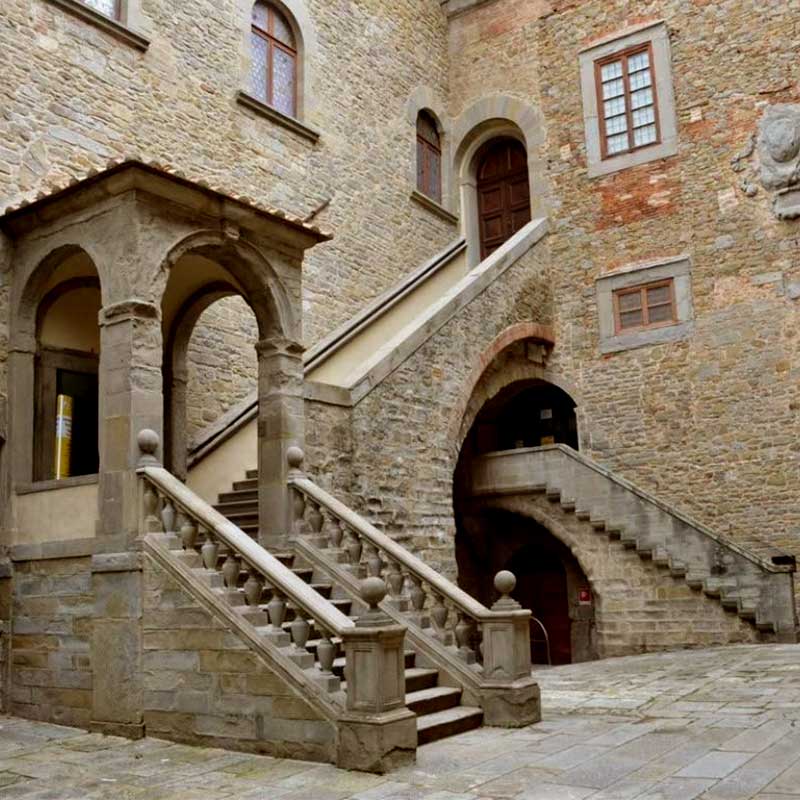 CORTONA
CORTONA BOLGHERI
BOLGHERI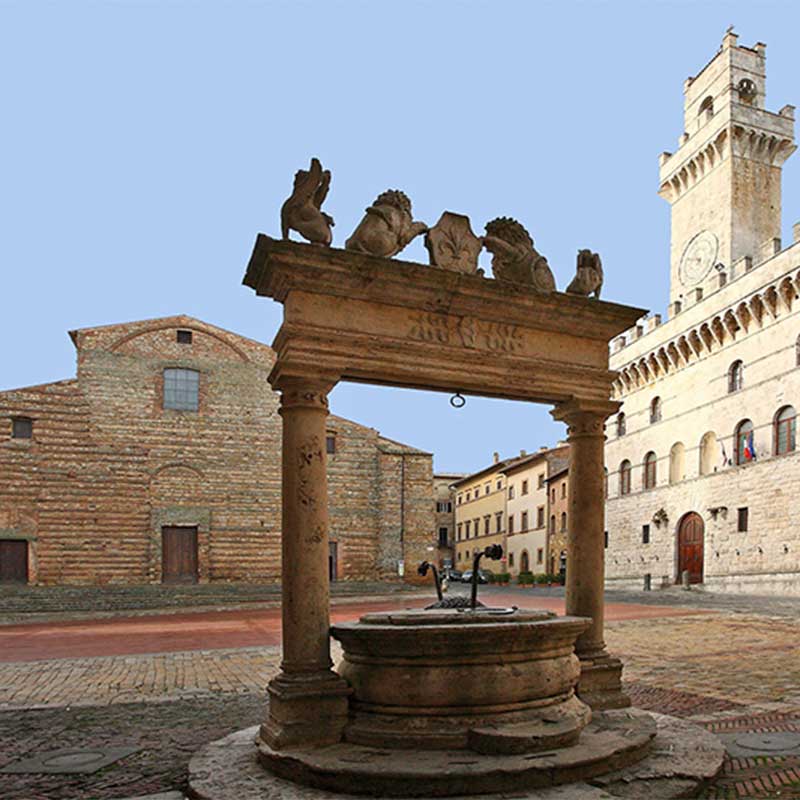 MONTEPULCIANO
MONTEPULCIANO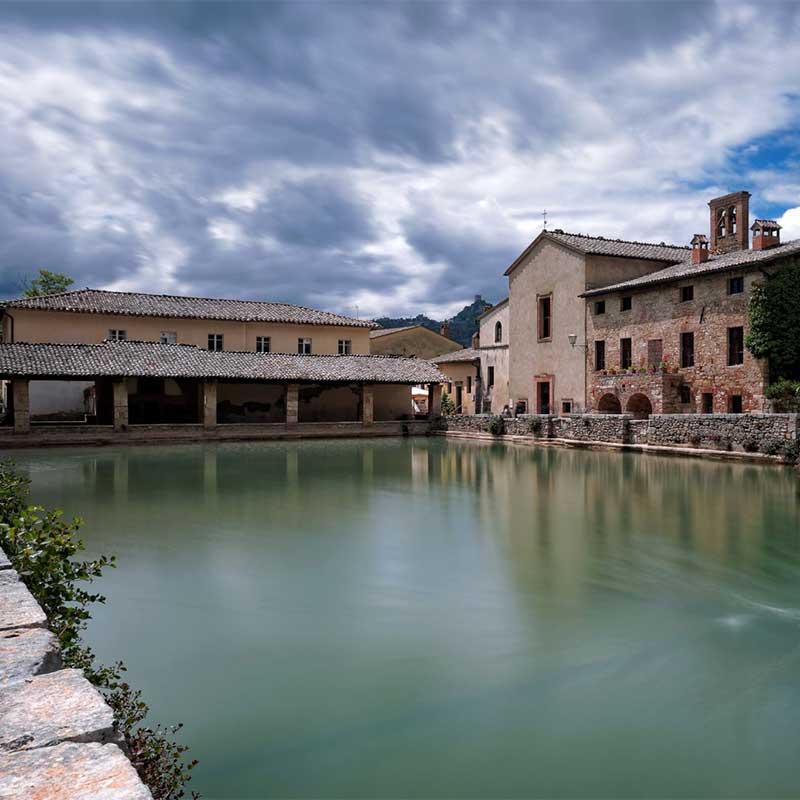 BAGNO VIGNONI
BAGNO VIGNONI VOLTERRA
VOLTERRA SATURNIA
SATURNIA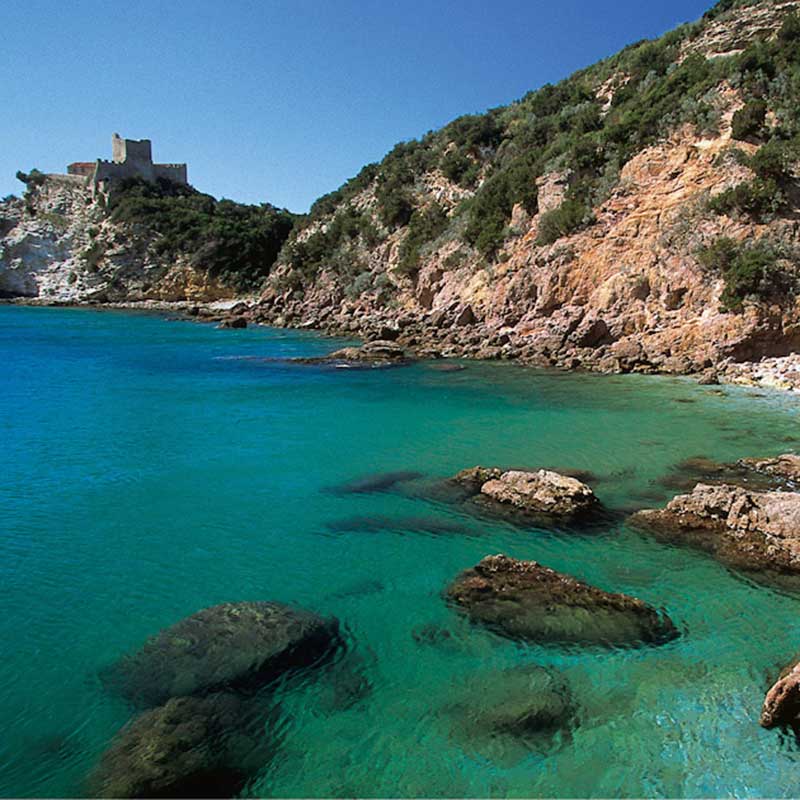 ARGENTARIO
ARGENTARIO FORTE DEI MARMI
FORTE DEI MARMI

FLORENCE
Cradle of the Renaissance, Florence is one of the most famous cities of culture in the world. The Cathedral with Brunelleschi’s Dome, Giotto’s bell-tower, the piazza della Signoria, the Uffizi Galleries, the Ponte Vecchio, are only some of the city’s wonders. Throughout the Middle Ages and the Renaissance, Florence was arguably the most important centre of artistic and literary production in the world. It was also one of the richest cities of the time, home to banking and mercantile families whose wealth fuelled the intellectual and creative flowering that changed Western culture forever. It is hardly surprising that millions of tourists visit the city every year from all over the world to marvel at its art and architecture.
Directions
Read MoreDirections

AREZZO
Arezzo was an important Etruscan town which became a significant economic and cultural hub in Roman times, as is evident from the imposing amphitheatre built for the city’s inhabitants whose remains can still be seen not far from the city centre. From 1384 Arezzo was controlled by Florence and later it became part of the Grand Duchy of Tuscany. It would be worth visiting the city only to marvel at the frescoes painted by Piero della Francesca in the church of San Francesco, but there is much more to see, starting from the old medieval centre. In the midst of the city’s medieval towers is the imposing Loggiato Vasariano, the Palazzo della Fraternità dei Laici, the apse of the Pieve of Santa Maria and the Basilica of San Domenico with a Cimabue cross. On the last Saturday in June and the first Sunday in September the town’s main piazza, the Piazza Grande, stages a medieval jousting tournament, the Giostra del Saracino. On the first Sunday of every month the town’s streets become an open air antiques fair.
Directions
Read MoreDirections

SIENA
Siena is an almost perfectly preserved medieval city whose historical core has changed little since 1300. An arch enemy of Florence in the Middle Ages, the city’s splendour is just as bright as that of its overbearing neighbour. Among Siena’s architectural gems are the Palazzo Comunale, the medieval skyscraper, the Torre del Mangia, the shell shaped Piazza del Campo and the Cathedral. Twice a year the citizens of Siena lose all sense of reason and are caught up in the frenzy of the Palio, a crazy horse race around the Piazza del Campo.
Directions
Read MoreDirections

PISA
The history of Pisa goes back thousands of years, but it was as a Maritime Republic in the Middle Ages that the city flourished. Many of Pisa’s architectural treasures date to this time, including its romanesque and gothic churches. Today the city is most famous for the Piazza dei Miracoli with its leaning tower, which despite the crowds of tourists attempting to take a shot of themselves holding up the tower, remains capable of inspiring a sense of Pisa’s past grandeur. Santa Maria della Spina, home to the Scuola Normale university in Piazza dei Cavalieri is also worth a visit as are the exhibitions of the museum and cultural centre, Palazzo Blu.
Directions
Read MoreDirections

LUCCA
Lucca was probably founded by the Etruscans, although there is evidence of an earlier Ligurian settlement. By 180 B.C. the town was a thriving Roman community and by the 6th century A.D it had become the capital of the Lombard Duchy of Tuscia. The city is famous for its almost completely preserved walls which were built in the fifteenth century and transformed into a city park and walkway in the nineteenth century. The walls entirely surround the historical centre; they are 4km long and dotted with ancient trees whose branches offer welcome shade in the summer. In recent years Lucca’s happening cultural scene has attracted many international visitors. In Autumn there is the Lucca Comics&Games festival and in June and July the Lucca Summer Music Festival, which since 1988 has been held within the ancient walls. Past performers have included Bob Dylan, Ray Charles, Robbie Williams, Eric Clapton, Elton John and Ennio Morricone.
Directions
Read MoreDirections

CERTALDO
Certaldo is a small medieval town, birthplace of Giovanni Boccaccio, with a medieval centre that is almost perfectly preserved. The town’s walls are still intact as are the ancient city gates: Porta Alberti, Porta al Sole and Porta al Rivellino. Two steep ancient roads lead up to the town, Costa Alberti and Costa Vecchia, as does the more modern via del Castello. Alternatively you can take the cable car which leaves from piazza Boccaccio. The most imposing monument in Certaldo is the Palazzo Pretorio, once the home of the Alberti family, that was built at the end of the twelfth century on the site of older houses belonging to the family.
Directions
Read MoreDirections

MONTERIGGIONI
Monteriggioni, the town described by Dante in the Divine Comedy as being “crowned with towers”, is perched on the top of a hill from where it reigns over the surrounding countryside. Despite the tourists, the town’s atmosphere is decidedly medieval. Every year in July there is a medieval festival which celebrates its long history. As well as being used as a setting for an episode of the video game, Assassin’s Creed, many films have been shot here.
Directions
Read MoreDirections

SAN GIMIGNANO
San Gimignano has been described as a medieval Manhattan, with its ancient towers built by competing families in the Middle Ages. There were once 65 towers, of which 13 remain. The town owes its fame to the beauty of its architecture (the Cathedral, the Palazzo Comunale, the Torre Grossa) as well as to its wine, Vernaccia di San Gimignano, which is produced exclusively in the area surrounding the town.
Directions
Read MoreDirections

SAN GALGANO
The once splendid Abbey of San Galgano can be found in the Merse Valley, between Siena and Massa Marittima. The church which is now an imposing ruin without a roof, was once one of the most important monasteries in Tuscany. Even in its fallen state, the abbey is considered an important example of cistercian-gothic architecture. Nearby is the hermitage of Montesiepi with its mysterious sword in a stone. According to legend San Galgano, in a gesture akin to King Arthur’s in reverse, thrust his sword into the stone to symbolise his abandonment of combat and new devotion to piety and pacifism.
Directions
Read MoreDirections

GREVE IN CHIANTI
The soft and gentle hills of Chianti are in the provinces of Florence, Siena and Arezzo and it is on their peaceful slopes that the Sangiovese vine used to produce Chianti wine is grown. The red wine of Chianti, whose flavours and aromas were perfected by Bettino Ricasoli, is certified DOCG and can only be produced in the municipalities of Gaiole, Radda and Castellina. Spend a day or two in Chianti exploring the castles of Brolio and Meleto Spaltenna and tasting the area’s unique cuisine which was once the fare of peasants and is now the height of international culinary chic. We suggest ‘ribollita’, ‘collo ripieno’, chicken liver and tripe.
Directions
Read MoreDirections

MONTALCINO
The thirteenth century town of Montalcino with its steep, narrow streets, nestles in the colourful Val d’Orcia. The views from the town are well worth the effort of reaching it and its museum, the Museo Civico Diocesano d’Arte Sacra, has an important collection of paintings and wood sculptures of the Sienese school. The church of Sant’Agostino, the neoclassical Cathedral, the Santuario della Madonna del Soccorso and the church of Sant’Egidio are also worth a visit. The Palazzo Comunale is strikingly similar to the Palazzo Vecchio in Florence. The surrounding countryside is full of surprises, such as the splendid twelfth-century Abbey of Sant’Antimo, one of the largest and most imposing examples of French-romanesque architecture in Italy. Montalcino is also famous for its wines, especially the unmistakable Brunello.
Directions
Read MoreDirections

PIENZA
Pienza was the “ideal city” imagined by Pope Pio II who was born here in 1405 into the Piccolomini family and given the names Enea Silvio. As Pope, he entrusted the town’s restructuring to the architect, Bernardo Rossellino who in four years transformed Pienza into a harmonious and typically fifteenth century civic ideal. Giovanni Pascoli described the town as being ‘born from thoughts of love and dreams of beauty”. Rossellino’s urban plan has remained largely intact and since 1996 Pienza has been recognised as a World Heritage Site.
Directions
Read MoreDirections

CORTONA
Cortona is perched on the top of a hill between Valdichiana and Valle del Tevere. It was an important Etruscan hub and the remains of ancient settlements can still be found around the town. The Palazzo Comunale had already been constructed by 1241 and the church of San Francesco dates to 1245. Five years later the Palazzo del Popolo was completed. Despite its size, Cortona is rich in history and art. The Museo dell’Accademia Etrusca contains many objects that can are unique and the Museo Diocesano houses treasures such as Beato Angelico’s Annunciation, the Madonna in Glory by Bartolomeo della Gatta and Luca Signorelli’s Disposition of Christ. The Parco archeologico and the Abbey of Farneta are also well worth visiting.
Directions
Read MoreDirections

BOLGHERI
This lovely town, immortalised by the poet Giosuè Carducci, has grown up around a medieval castle which is reached via a long tree lined avenue. Unusually, the castle is built from red brick. You enter the historical centre of the town by passing through its entrance, where you find cobbled streets and ancient stone palazzi whose aspect is softened by window boxes full of flowering geraniums. The lively town is full of artisan shops, wine sellers, inns and restaurants. The territory around Bolgheri is well known for the production of excellent wines, thanks to a particularly dry and sunny micro-climate which favours the cultivation of bordolese grape varieties (Cabernet Sauvignon, Merlot and Petit Verdot). The area’s most famous wines include Sassicaia, Ornellaia and Masseto.
Dirctions
Read MoreDirctions

MONTEPULCIANO
This picture postcard town is in the middle of two valleys, the Val D’Orcia and Valdichiana. The views from the town are incredible in every direction, with waves of green hills and golden fields lined with cypress trees. The best way to explore the town is on foot. You pass imposing renaissance palazzi as you climb to the town’s highest point and main piazza. Immediately under the city walls is the beautiful temple of the Madonna of San Biagio.
Directions
Read MoreDirections

BAGNO VIGNONI
Bagno Vignoni, a UNESCO World Heritage Site, is in the heart of the park of Val d’Orcia. The small town has grown up around a hot water spring whose waters have been credited with healing powers since ancient times. At the centre of the town is a large rectangular pool. Over the years many famous figures have visited the town, thanks also to the vicinity of the Via Francigena, including Papa Pio II Piccolomini, Santa Caterina of Siena and Lorenzo il Magnifico. Bagno Vignoni is also a great starting point for visiting the nearby towns of Pienza and Montalcino, two of the 38 “orange flag’ small towns in Tuscany, singled out by the Touring Club Italiano for their excellence in welcoming visitors. You should also spend some time in the Parco del Monte Amiata, an open air museum.
Directions
Read MoreDirections

VOLTERRA
Volterra was an important and influential city from the Etruscan period until the 1800s and is rich in history and culture. It has several excellent museums including the Museo Etrusco, the Pinacoteca, the Museo d’Arte Sacra and the Ecomuseo dell’Alabastro. Outside the historical centre you can visit the splendid Roman theatre and the ruins of Etruscan Acropolis.
Directions
Read MoreDirections

SATURNIA
According to legend, Saturn,infuriated with the mortals who were constantly at war, once threw a thunder bolt at the Earth causing sulphurous waters to gush from a volcano and cover and therefore placate the fighting. Saturnia is the setting of this very legend, where water rich in sulphur gushes from a spring at 800 litres a second and a temperature of 37℃. Having served its original purpose of imposing calm on warring mortals, the water now attracts visitors from all over the world who come to bathe in it. The spring has carved a series of natural pools known as the Cascate del mulino which are open to anyone. If you are looking for something more organised there are two excellent thermal spas.
Directions
Read MoreDirections

ARGENTARIO
The Argentario is a coastal area with small coves, beaches of fine sand, unspoilt nature, a splendid lagoon and the sea of the Tuscan Archipelago. It is a destination for many VIP tourists attracted by the area’s fascinating small seaside villages such as Porto Santo Stefano, Porto Ercole, Orbetello and Capalbio. The vine covered penisola which extends towards the islands of Giannutri and Giglio is almost an island itself, with a beauty that is unsurpassable.
Directions
Read MoreDirections

FORTE DEI MARMI
The Versilia area is full of memories of events from the past which shaped the history of its towns: Forte dei Marmi, Pietrasanta and Viareggio along the coast, Massarosa on the lake of Massaciuccoli, Camaiore in the hills, Stazzema and Seravezza in Upper Versilia as well as many smaller villages. The mountains, the hills, the endless sandy beaches and the rich mediterranean vegetation combine to make the area one of the most fascinating and relaxing destinations for tourists in Tuscany.
Directions
Read MoreDirections
Valleverde S.r.l. Società Agricola
Via Montecarlo 15/A
52027 San Giovanni Valdarno (AR) Italy
p.iva 00334200516
